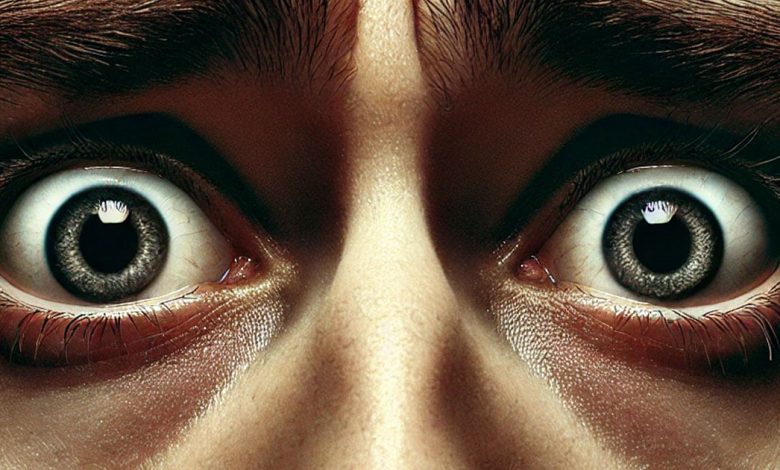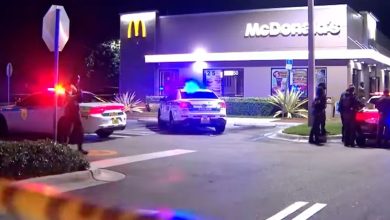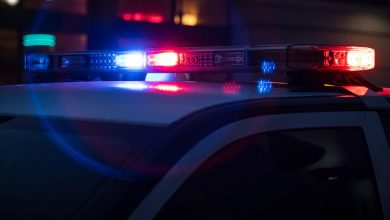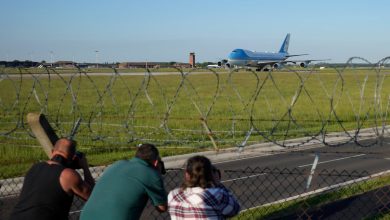Being Prepared is Not Paranoia

Some time ago, I was talking with an acquaintance about concealed carry. I knew he owned guns and had even been to the range with him once. I was surprised when he bluntly asked me if I carried a gun because I was afraid someone was going to murder me. In response, I wisecracked, “Not when I’m armed,” and left it at that. But the conversation has stuck with me. If he was amused that I carried a gun, then I was surprised that he didn’t. The difference was that I didn’t pass judgment on him for it…at least not out loud.
Anti-2A types and people who don’t like guns for political reasons say all sorts of things about gun owners. They accuse us of being paranoid, of compensating for something, and of loving violence as a solution to any problem. Most liberal anti-2A folks can’t really articulate why they are against gun ownership other than to spout emotional nonsense about how all violent crime would magically go away if law-abiding citizens were disarmed. On the other hand, if someone asks a concealed carrier why we carry a gun, the answer is usually something about defending ourselves and being prepared for the unexpected.
What Are We Preparing For?
For this discussion, let’s separate prepping from the kind of prepared we are by carrying a concealed firearm. Of course, the same people who ridicule someone for carrying a gun would have a field day with someone who is a prepper, and probably for the same reasons. Of course, when a winter storm knocked out power for 400,000 households in my area for over a week a few years ago, having food, water, portable heaters, propane, and battery-powered lights made things more bearable, but that’s another topic.
Carrying a gun, like wearing a seatbelt or owning a fire extinguisher, is one of those ‘you don’t need it until you do, and then nothing else will fill the need’ situations. Pepper spray or a bright flashlight might suffice under the right circumstances, but a gun is a more reliable defense if you are confronted by a violent assailant who is determined to do you harm.
Virtually every major study on defensive gun use indicates that Americans use their firearms defensively between 500,000 and 3 million times each year. The large spread comes from variances in the data over the years. Add to this defensive firearm uses where no shots are fired, most of which are never reported.
Heritage.org provides an interactive Defensive Gun Uses in the U.S. tool that pinpoints successful uses of a gun by an armed citizen to defend themselves. The tool allows you to click on specific instances for details such as whether shots were fired and if there were multiple assailants. It also provides the context for the incident such as assault, domestic violence, home invasion, carjacking, road rage, etc. The results are interesting, and in most cases, you can link to the media reporting of the incident.
The reality is that there are a lot of reasons why a citizen may need to protect themselves. Significantly, in most cases, it is unlikely that pepper spray, a stun gun, or a bright flashlight would have been adequate. Nothing else besides a firearm would have saved the victim’s life.
Today’s World
How likely are you to need to defend yourself from a deadly threat? When I was conducting personal security training, I often asked how many people in the room had had a gun pointed at them while in the United States. Being in a war zone didn’t count. Usually, two or three raised their hands, but in one group in Washington D.C., three-quarters of the people in the room raised their hands. It all depends on where you go and when, but not as much as it used to.
Crime is a growing problem, made worse by inadequate numbers and poor morale affecting many police departments. Officers find themselves so short on some shifts that police response to anything other than a violent crime in progress can take hours. Low morale, due to a feeling of being betrayed by city governments, has resulted in a record shortage of police officers and recruits to fill the vacancies. Even NPR, the mouthpiece of the Democratic Party, admitted that response times are taking longer and longer. For example, response time in New Orleans went from 51 minutes in 2019 to 146 minutes in 2022. Police response in New York City went from 18 minutes to 33 minutes during the same period, and while that may sound pretty quick, relatively speaking, it is literally a lifetime in a life-or-death situation.
Although we mainly think of high crime in urban and suburban settings, the countryside is not immune to it. Although 80.7% of the U.S. population lives in urban areas, around 97% of America is rural. While the crime rate may be lower, there are also fewer police and Sheriffs to provide law enforcement coverage. In some large rural counties, there may only be a single deputy on duty after midnight, pushing response times out to well over an hour, assuming there is only one emergency to respond to at any given time.
Add to crime other admittedly rare but still possible threats like terrorism and political and social violence, and you have enough situations where anything can happen to make it worth being prepared. If that sounds paranoid, then I guess I’m guilty.
What Does Preparation Look Like?
During my career as an international security professional, I provided training to some large and well-known domestic and international corporations and nonprofit organizations. One of the principles I tried to instill in the people I was training was that when there is a crisis, it is the people who are prepared who act while the unprepared stand around in shock, mumbling, “I can’t believe this is happening.”
Proper Gear
Being prepared starts with proper gear. Your basic tool is a reliable handgun you are proficient with, loaded with modern defensive ammo. Carry it in a quality holster that protects the trigger and provides good retention while being easy to draw from. Add a spare magazine in a carrier, a compact and reliable flashlight, and a tourniquet and you have a basic kit.
Training
All the best gear in the world is dead weight if you don’t know how to use it. Target shooting is fine, but get some training in tactical shooting and shooting under pressure. You should also have emergency medical training, especially in controlling blood loss. The human body has between 5 to 6 quarts of blood in it. Your circulatory system can push around 5 liters or 5.3 quarts of blood through your body in a minute. You will die if you lose more than 40% of your blood. That means the average adult with an arterial wound can bleed to death in around a minute. How am I doing, am I paranoid yet?
Mindset
The final and perhaps most critical aspect of being prepared is having a plan. People who are prepared, act; people who are not prepared, panic. Panic comes from feeling vulnerable. Vulnerability comes from feeling helpless and that things are completely out of your control. People who panic may go into shock, freeze, and be unable to act. Others will become hysterical, screaming and crying. In either case, they are not able to think rationally and act. They were not mentally prepared for the emergency.
General James Mattis famously said, “Be polite, be professional, but have a plan to kill everybody you meet.” I’m not advocating you have a plan to kill everyone you meet, just that you always have a plan to deal with the many things that can happen to anyone on any given day. People who recognize that unexpected, frightening, dangerous, and even violent things can happen without warning will usually manage to stay calm, think clearly, and make rational decisions in an emergency. They recognize there are threats out there, but they do not feel that sense of helpless vulnerability that triggers panic.
Having a plan relies on being situationally aware. Take stock of your surroundings and the people around you and consider the potential threats. Then, consider how you will react if the need arises. What direction might a threat come from? Where is cover and concealment? What avenues of escape exist? Being prepared for trouble will reduce the chances of being taken by surprise, which, in turn, will help you to stay calm and clear-headed so you can react appropriately to whatever is happening. That’s not paranoia; that’s common sense.
Keeping it in Perspective
Next time someone calls you paranoid because you carry a gun, don’t be insulted, and don’t argue with them. Just smile, be courteous, and have a plan to deal with whatever comes your way. There are genuine threats in our world today, and to paraphrase the old saying, it’s not paranoia if there actually is a risk.
Read the full article here





